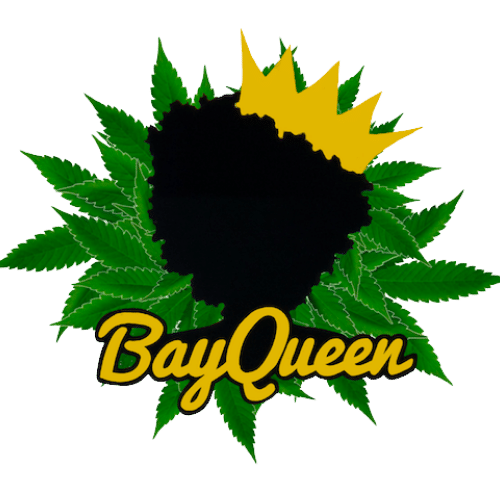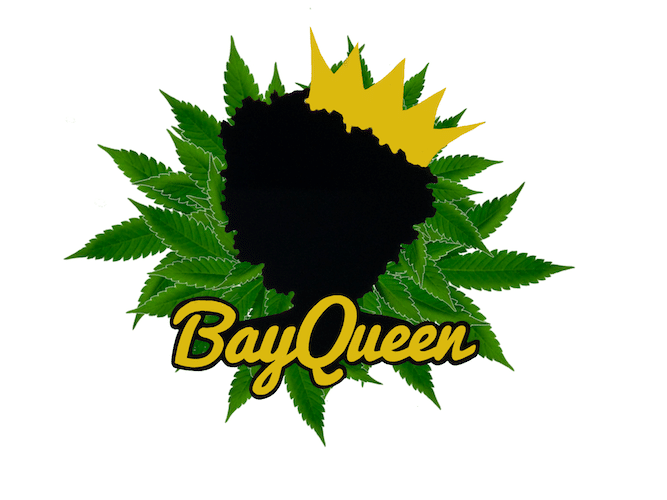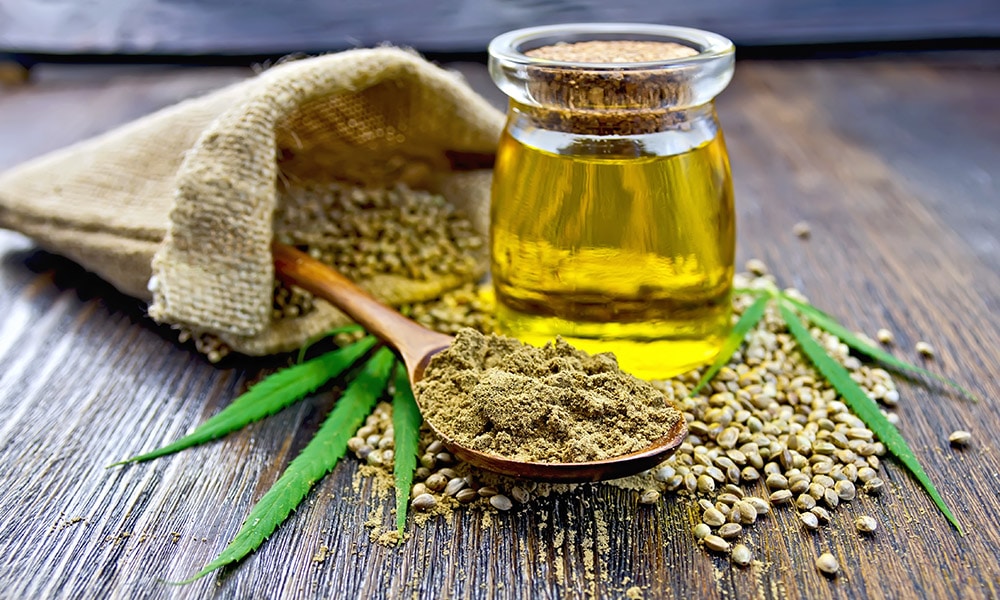Hemp vs. Marijuana: Breakdown
While marijuana is grown and produced for its psychoactive effects and medicinal benefits, hemp plants are grown and harvested for their seeds and fiber. Overall, their differences are not limited to their THC content. For the most part, they are classifications of the cannabis plant that are very broad in such classification.
Hemp, in general, has been classified as containing no more than 0.3% THC content. Because of this, hemp has been identified as the “non-intoxicating” cannabis known for a positive ingredient in several products.
Marijuana, on the other hand, is identified as cannabis that contains more than 0.3% THC content and has euphoric and psychotropic effects. This is still very limiting on cannabis, its definition and its attributes.
Spot the Differences
There are four major differences when we look at hemp vs. marijuana:
- Composition
- Cultivation
- Usage
- Legality
Both marijuana and hemp create a lot of CBD. THC, however, is produced at very differing percentages as discussed, above.
While marijuana is cultivated in controlled atmospheres that optimize the strain characteristics and provide more female plants that produce flowers. In contrast, hemp is cultivated to optimal size and yield, typically outdoors, requiring less control of the environment.
The high THC content in marijuana makes its usage unique for the provided high from the THC content.
Hemp products include paper, apparel, plastic, cooking health oils, hemp-seed products, and even CBD oil topicals and tinctures. Marijuana products range from the flower buds to several other versions of its uses in beverages, food, oil, butter, and more.
In conclusion, cannabis is a massively efficient and resourceful natural resource. In your debate of hemp vs. marijuana, try to be open to the wide variety of uses both classifications of the plant provide.



